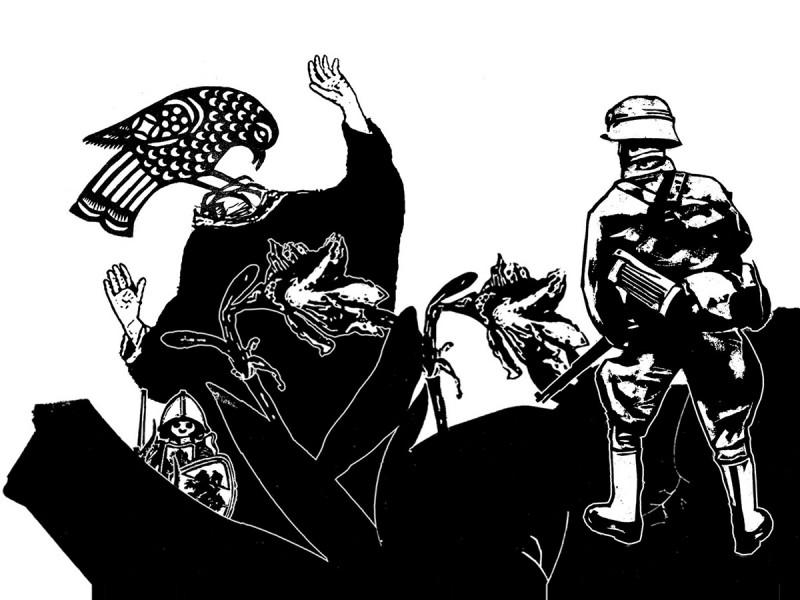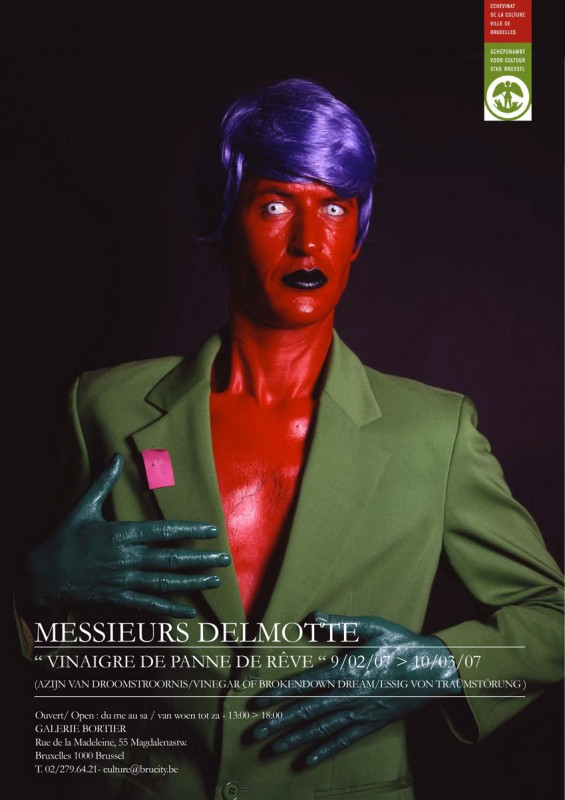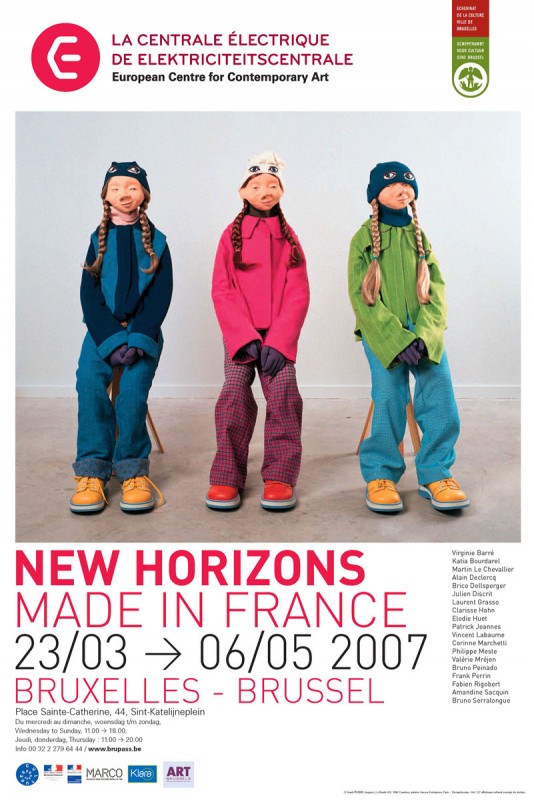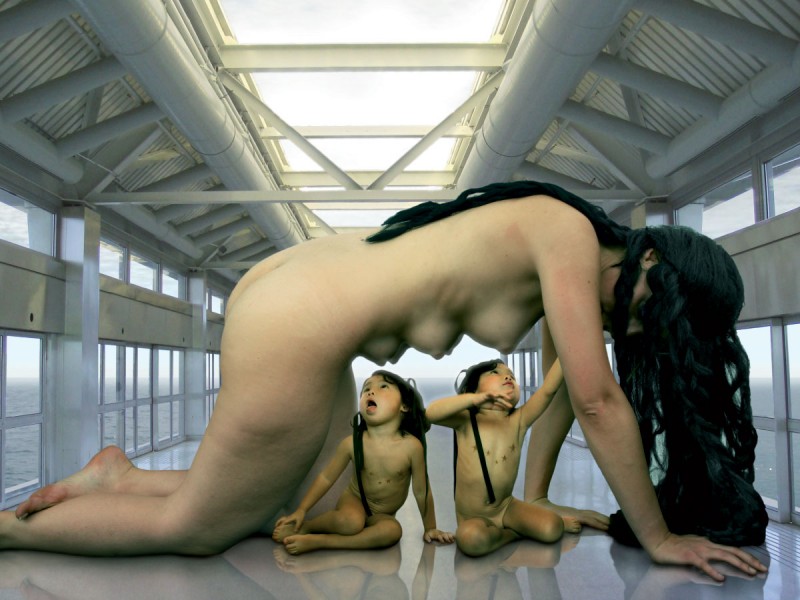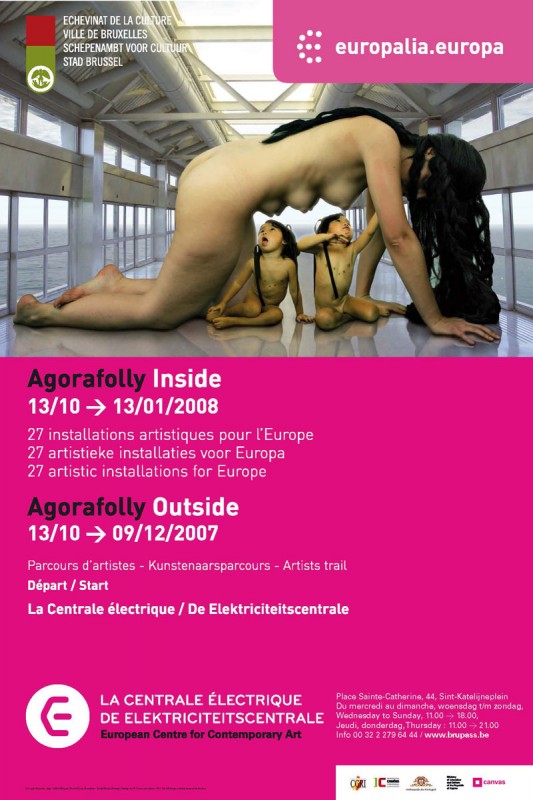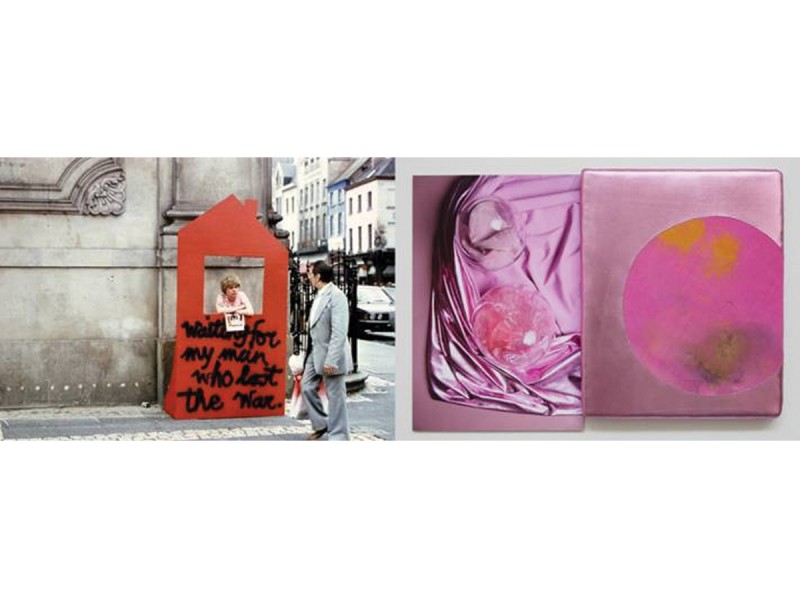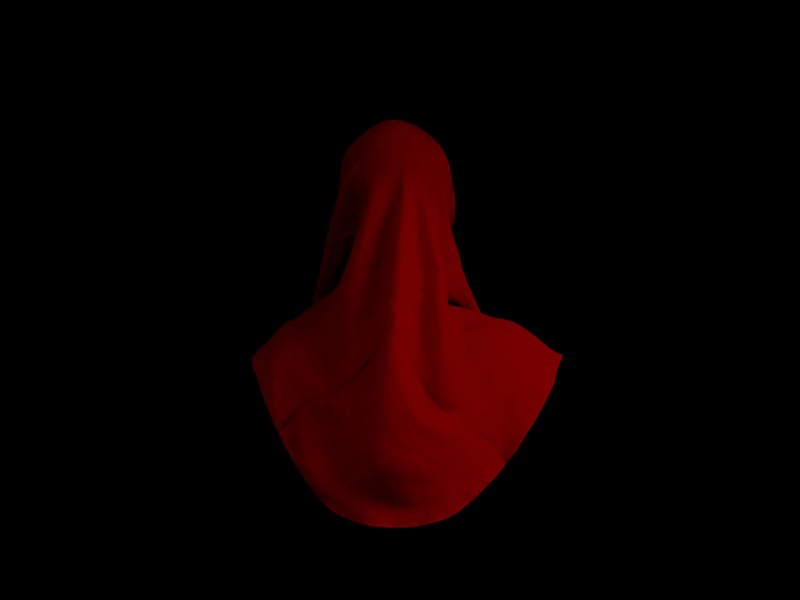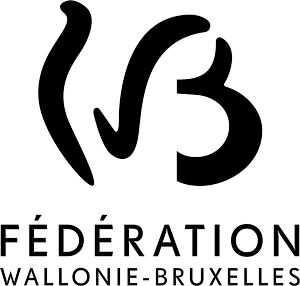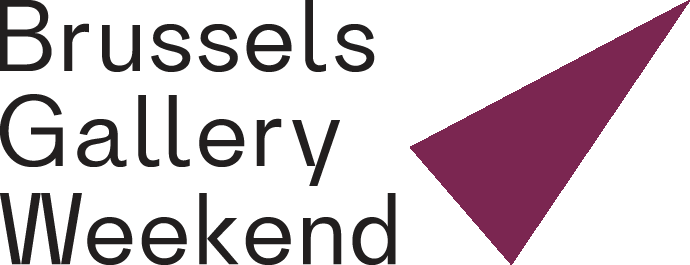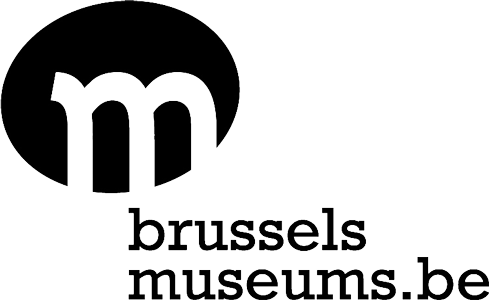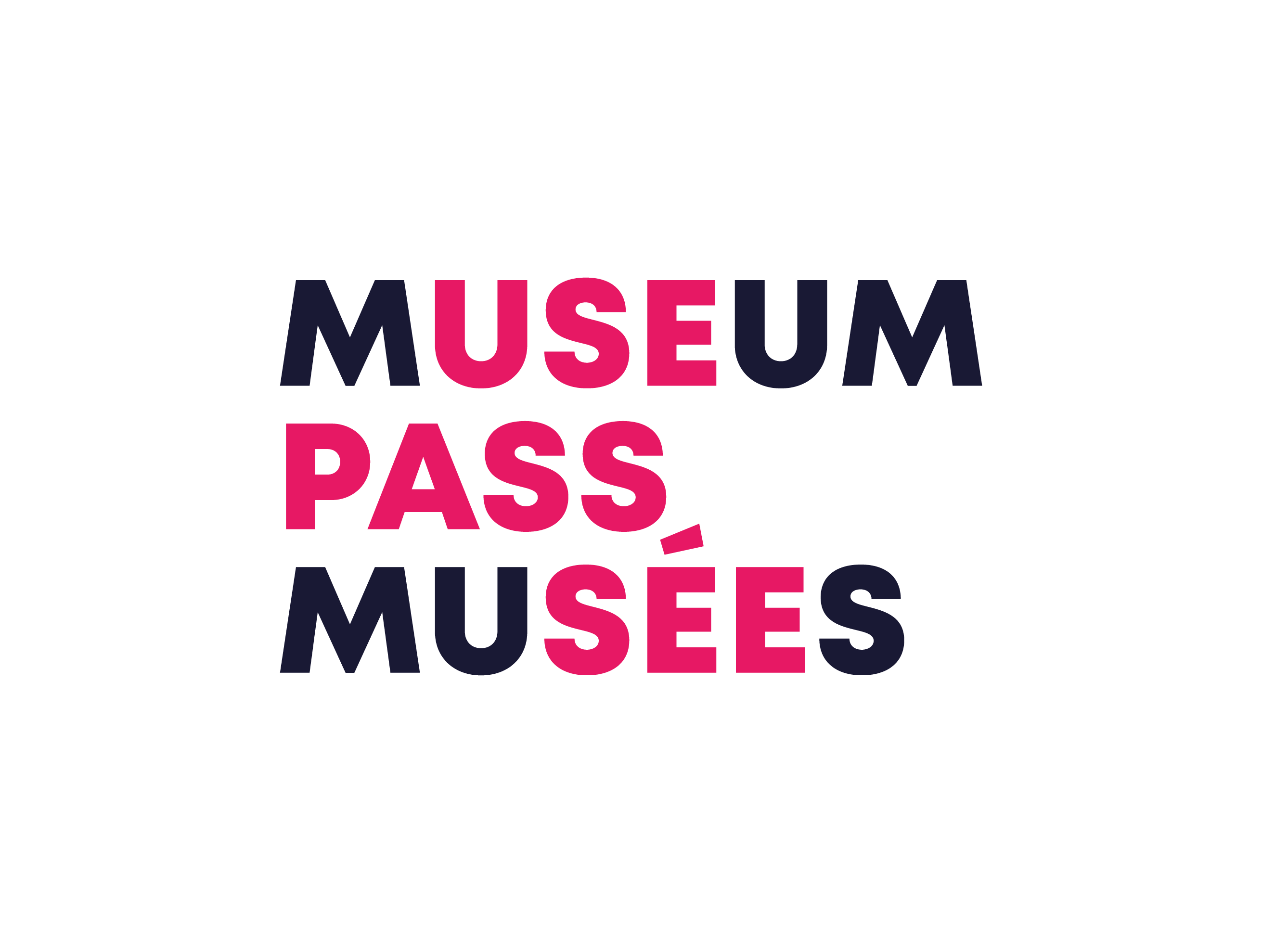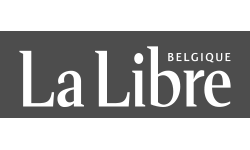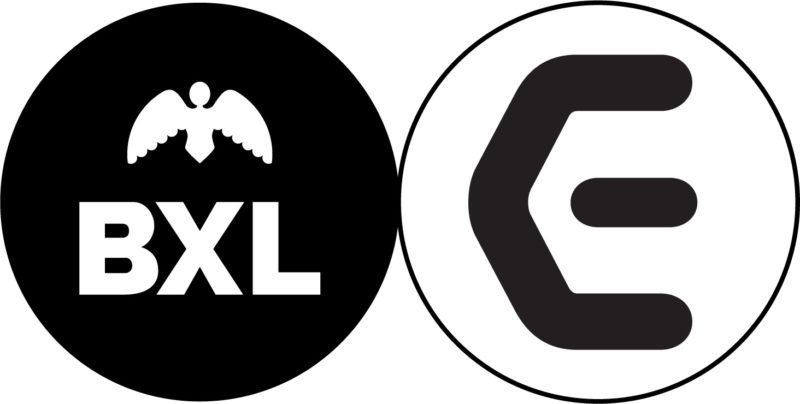There is a paradise world, a paradise trade, a dream of paradise, paradise marketing. Everyone takes a path to attain it. Some cut themselves off from the world, become hermits, as if removing themselves from this earthly world means attaining that longed-for paradise. Others destroy the world, as if paradise is beyond the ruins, behind the tragedies, in the wake of the great disaster.
The list could go on and on; because this fantasy is a recurring theme in so many stories and myths, and especially the history of art.
Yet there is a truth that should be told: paradise does not exist, not because of its absence, but because of its excessive presence in our imaginations. And it is precisely this excessive presence that is examined in Mehdi-Georges Lahlou’s exhibition at the C-Box entitled Paradis Incertain (Uncertain Paradise).
Neither removed from the world, nor destroying the world, the artist suggests, in his work, that it is just a matter of coming back to it to hope for a real paradise: that of matter, of sounds, of odours, of flowing words, of a never-ending dance of encounters across a global Earth. To achieve this, one must re-examine images, force them to turn their backs on the wild fantasies.
In this exhibition, the artist takes a risky gamble on two scores.
First, there is the issue of a single work, in the literal sense of the word. It’s been said before, but it bears repeating: artists only produce one work which they represent in a variety of forms throughout their lifetime. When Mehdi-Georges Lahlou asked me to act as curator for his exhibition, I suggested he presents just one of his works, a photo entitled Paradis Incertain, 2013 (Uncertain Paradise). Other than the ‘beauty’ of the extreme precision of this work, it is the only work by the artist in which he has his back to the observer – the artist is always the model in his work. The figure floats in the darkness and, we assume, is looking into the farthest depths of the abyss, without giving any hope of revealing what it sees. Paradise is as uncertain as it is hidden.
Then, there is the issue of a work in its hour of « mechanical reproduction »*. Once the photo has been placed in the centre of the space, it will be reproduced, filling the picture rails. Does it lose its aura? Certainly not. Placing the work and its reproductions together in the same space is an attempt at restoring the work’s aura. It aims to deploy its polysemy and assert, or at least point out, that the dream of uniqueness is fading.
The exhibition presents, in an arrangement by the artist, the image of a humanity awaiting paradise. Humans who turn their backs on the world or on fantasies, but all of whom gaze out at the absence of this much-awaited dream. One may wait until they turn around, but that is precisely where the work stops and the reality begins.
Abdelkader DAMANI
Exhibition Curator
* Walter Benjamin, L’œuvre d’art à l’époque de sa reproductibilité technique, in Œuvre III, Paris, Folio essais, 2000 [The Work of Art in the Age of Mechanical Reproduction, Penguin Books, 2008]
© Mehdi-Georges LAHLOU
